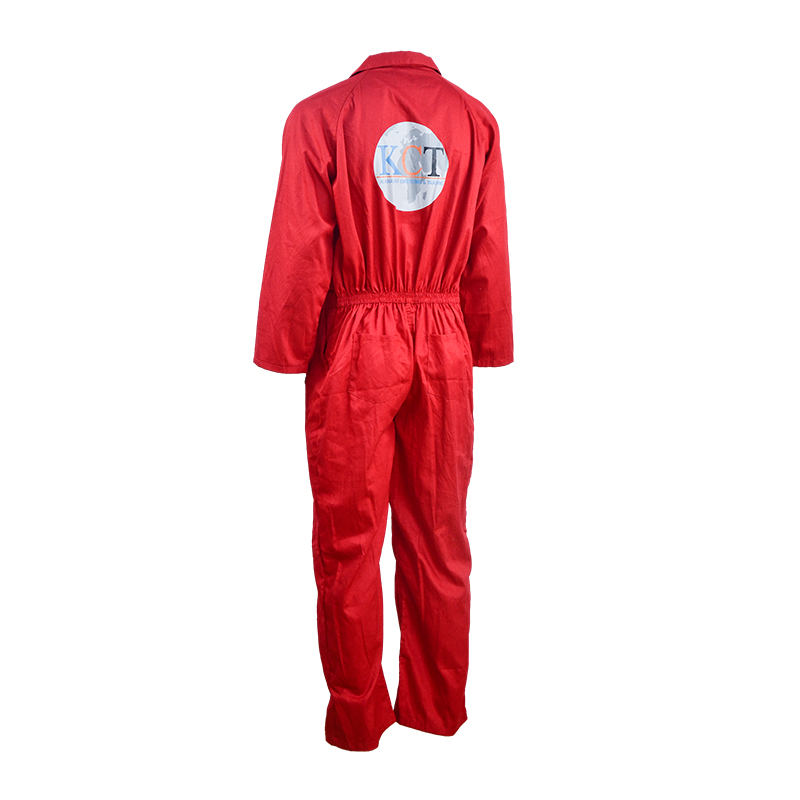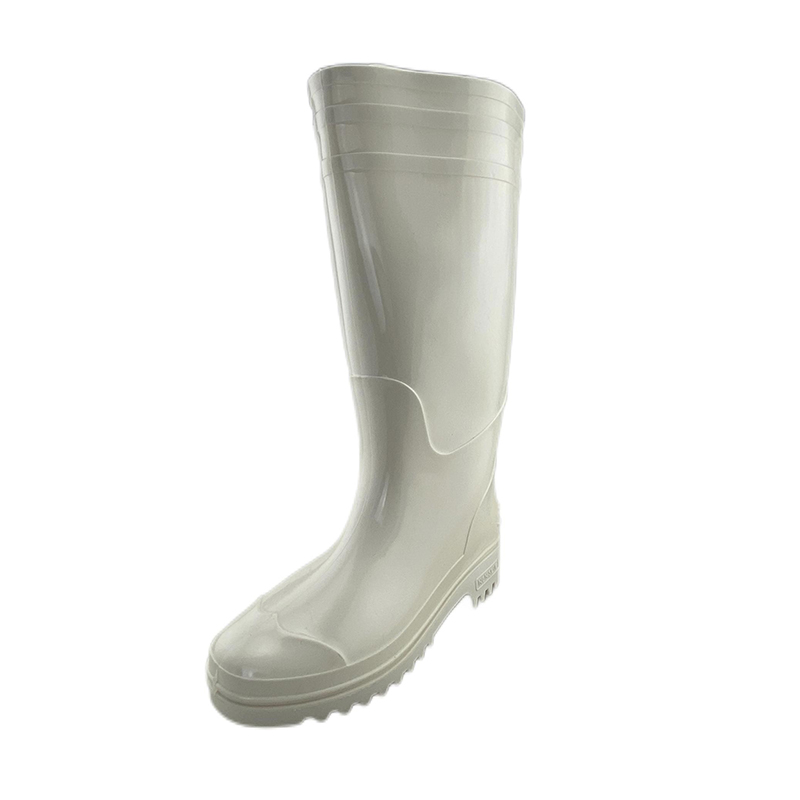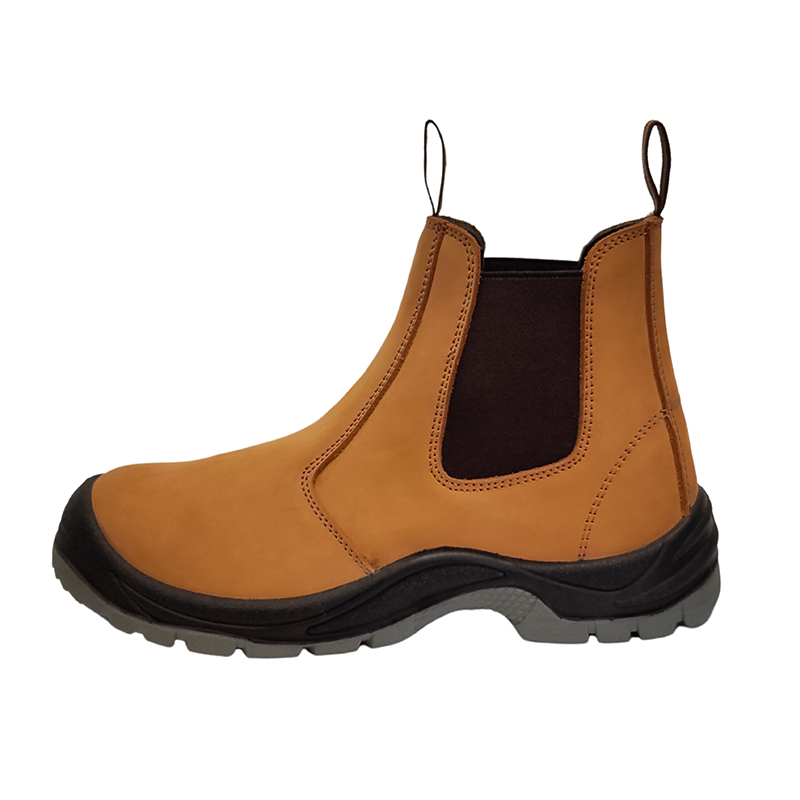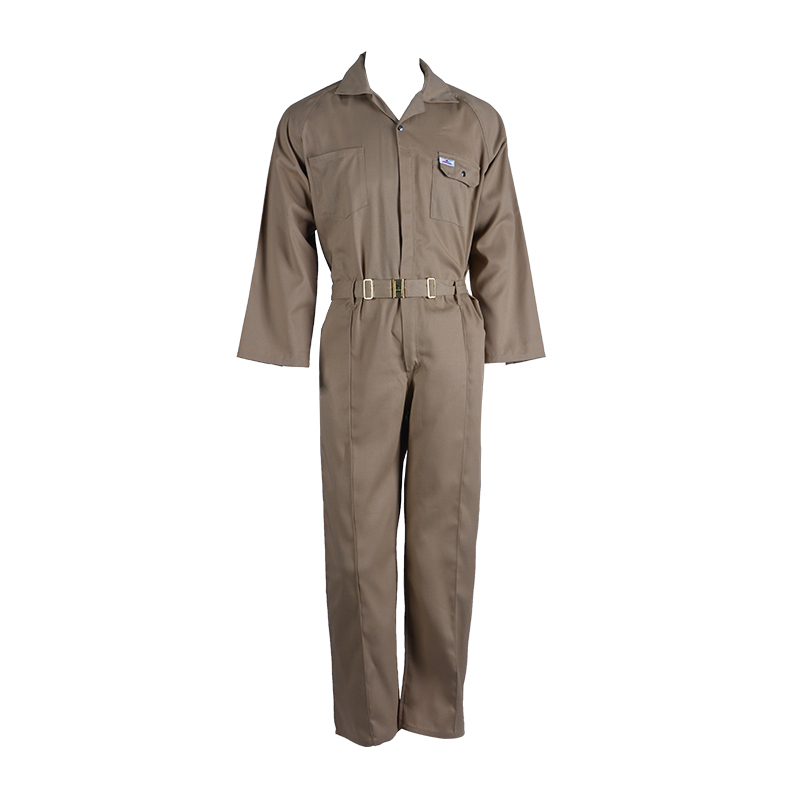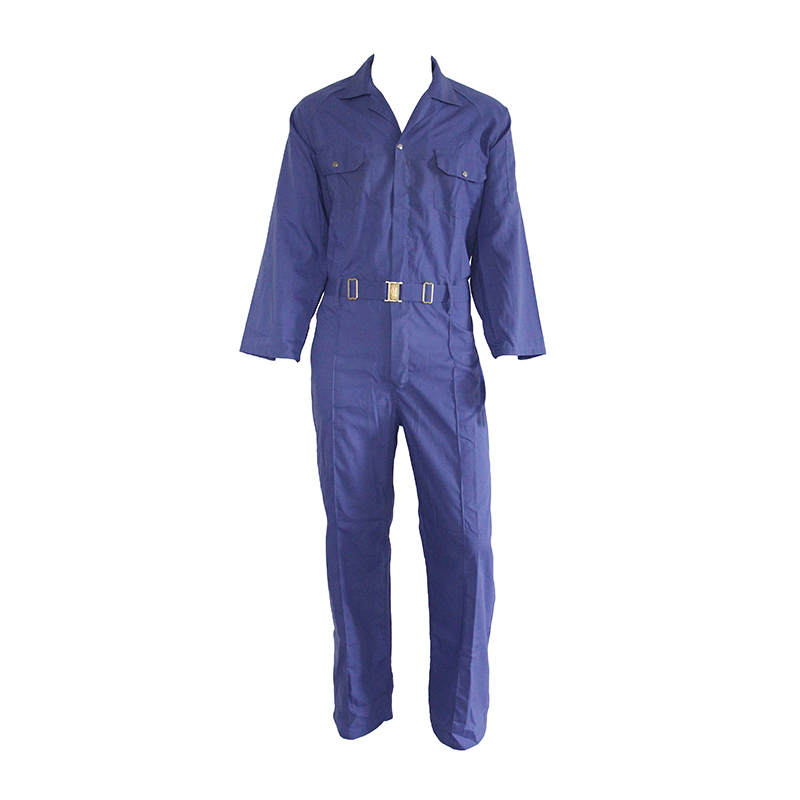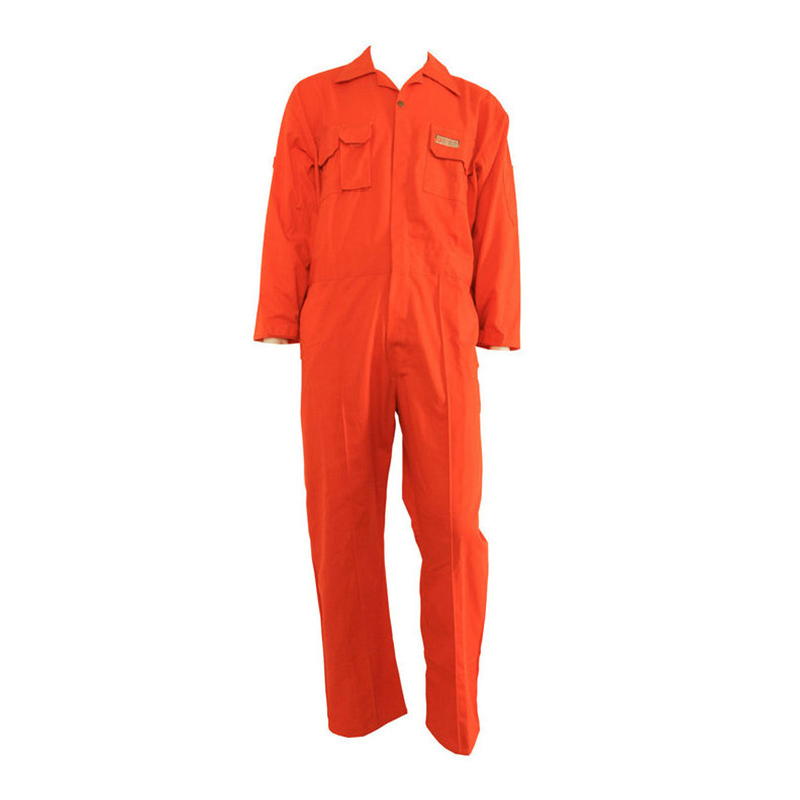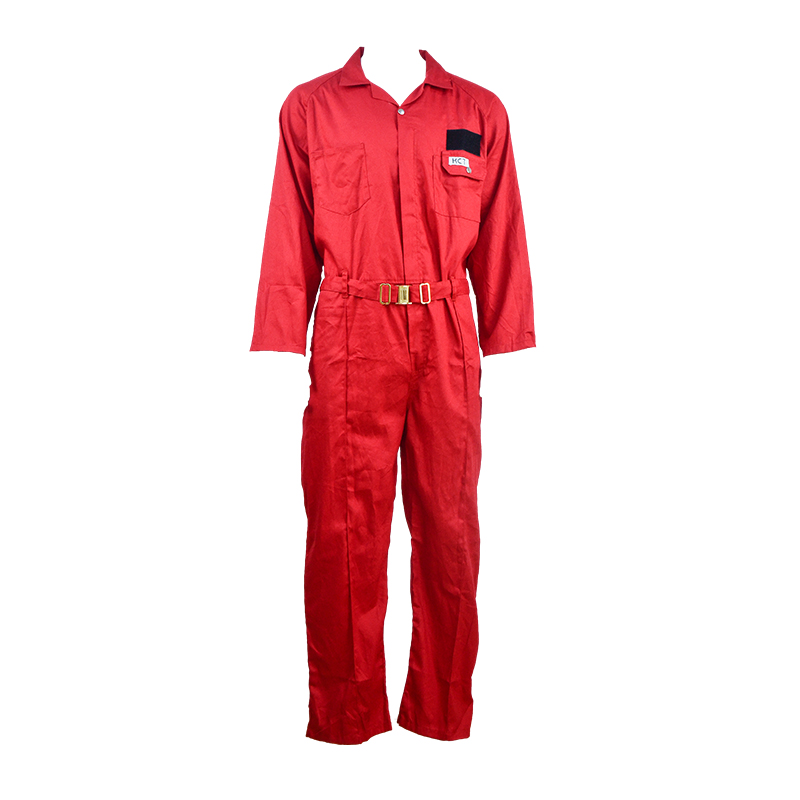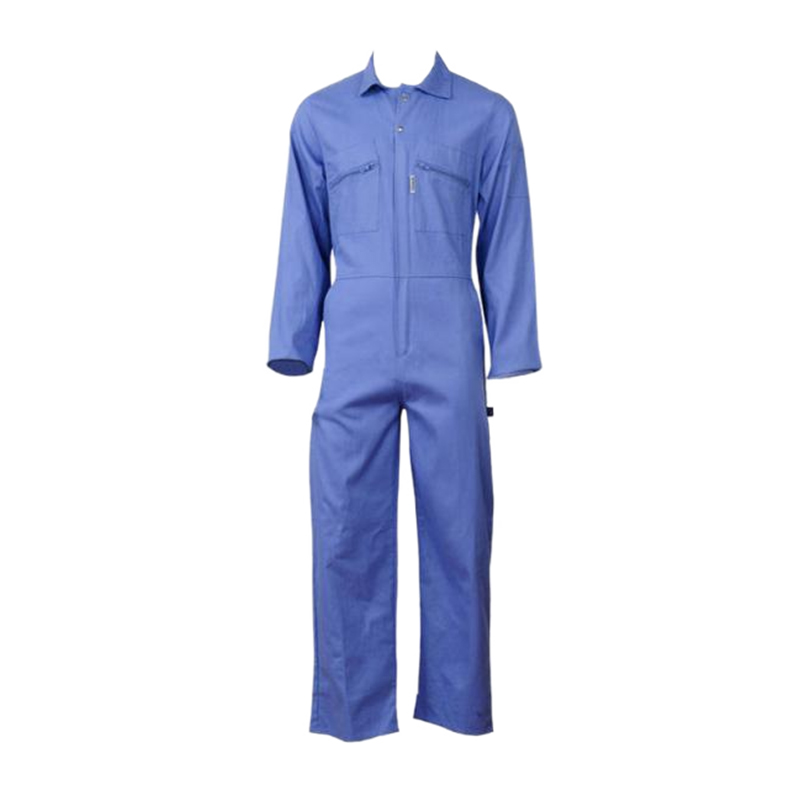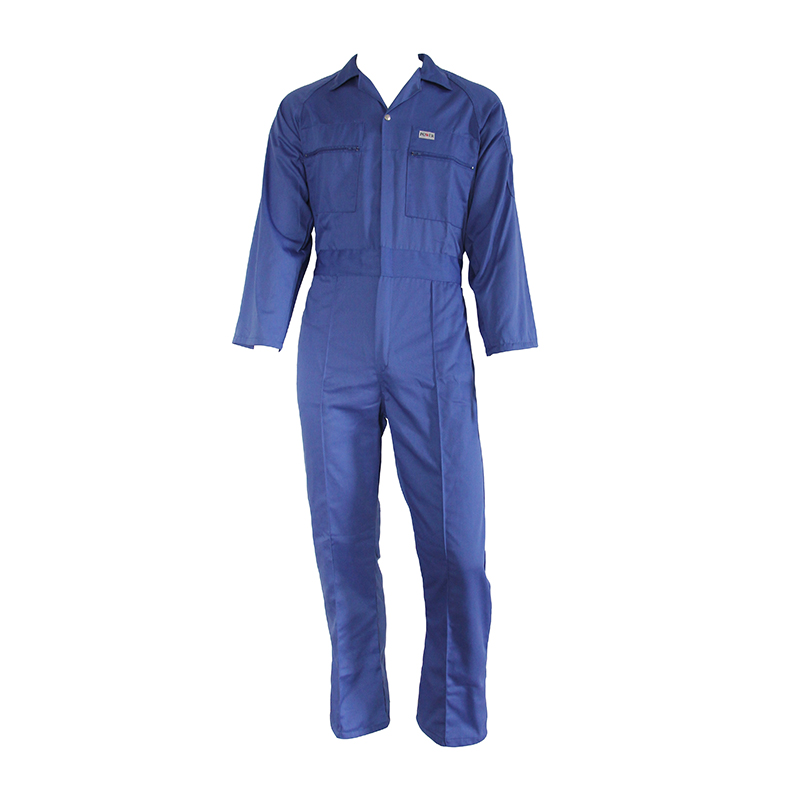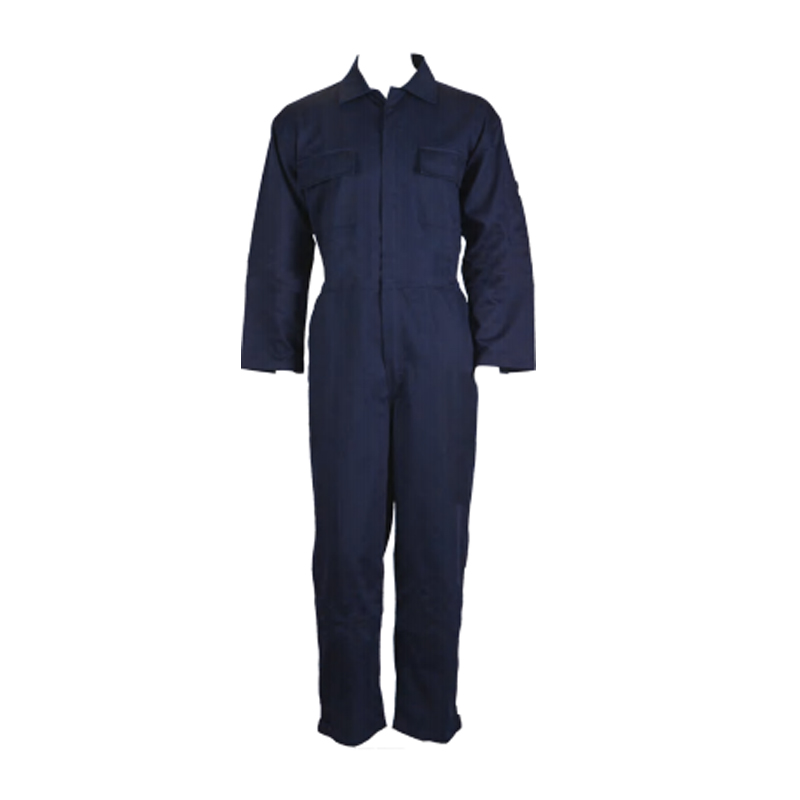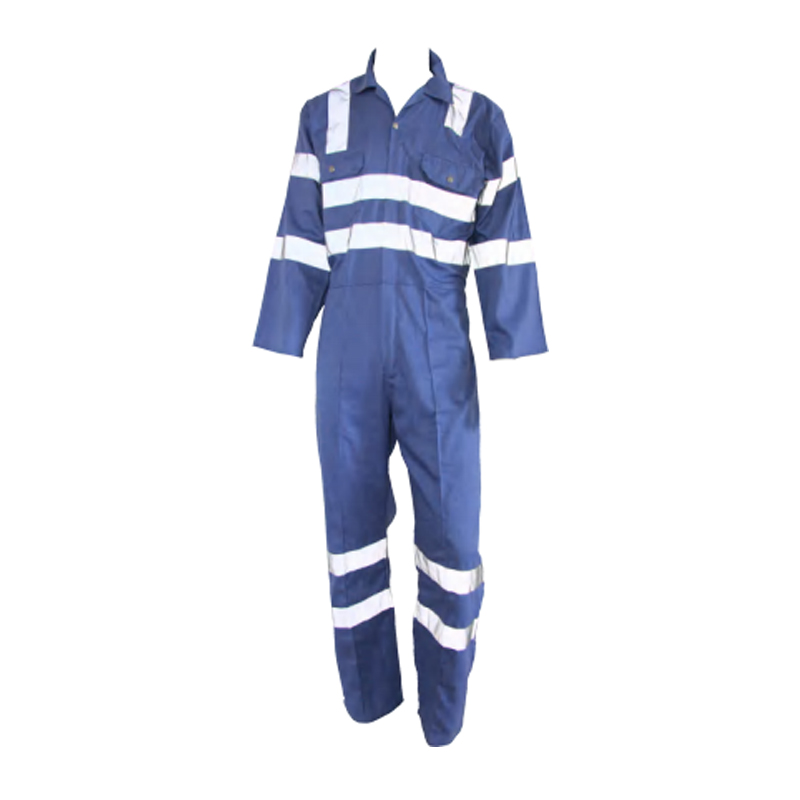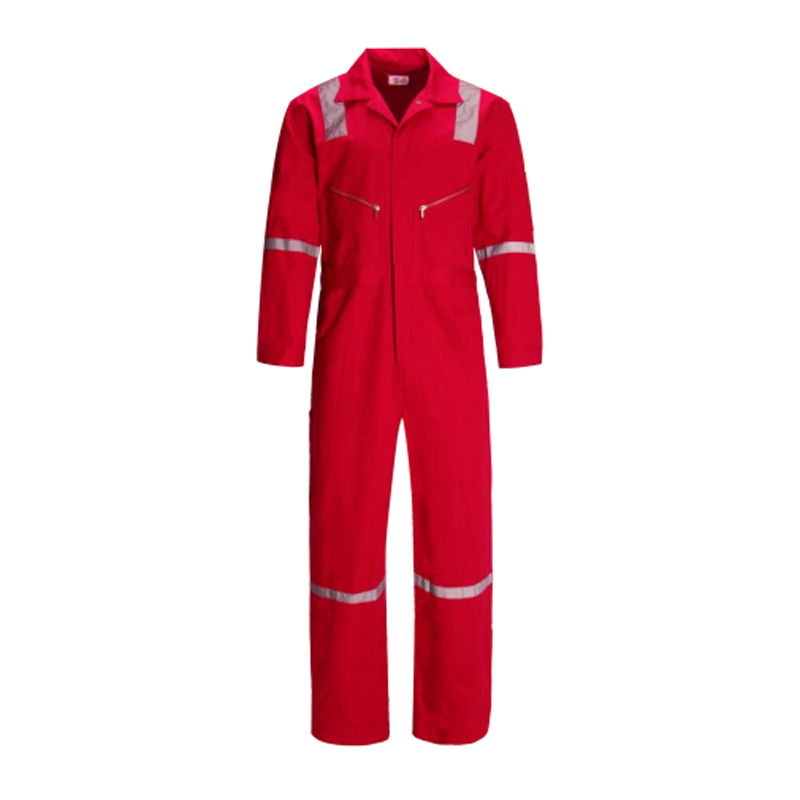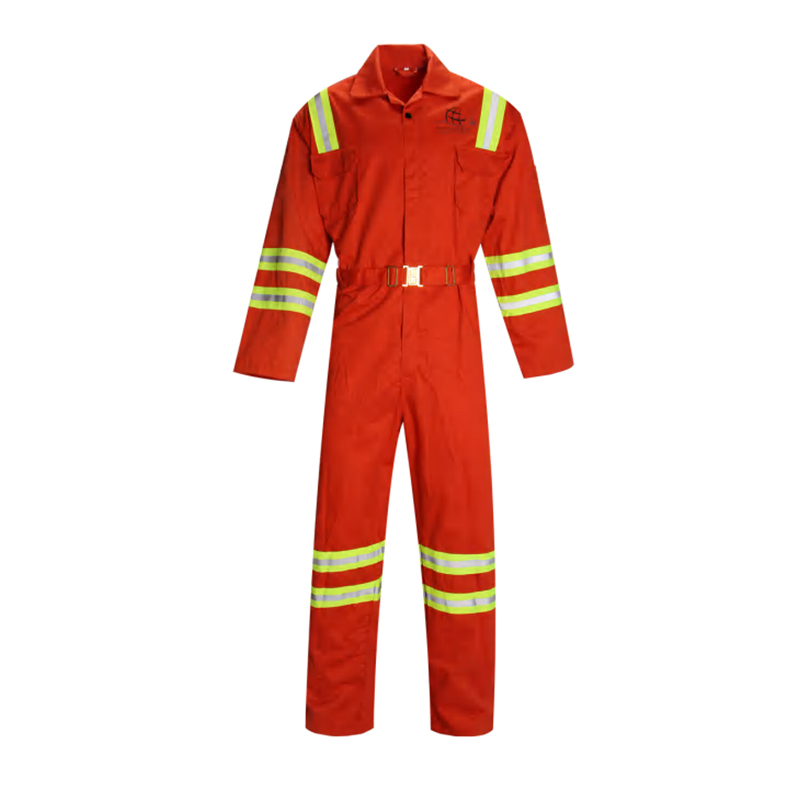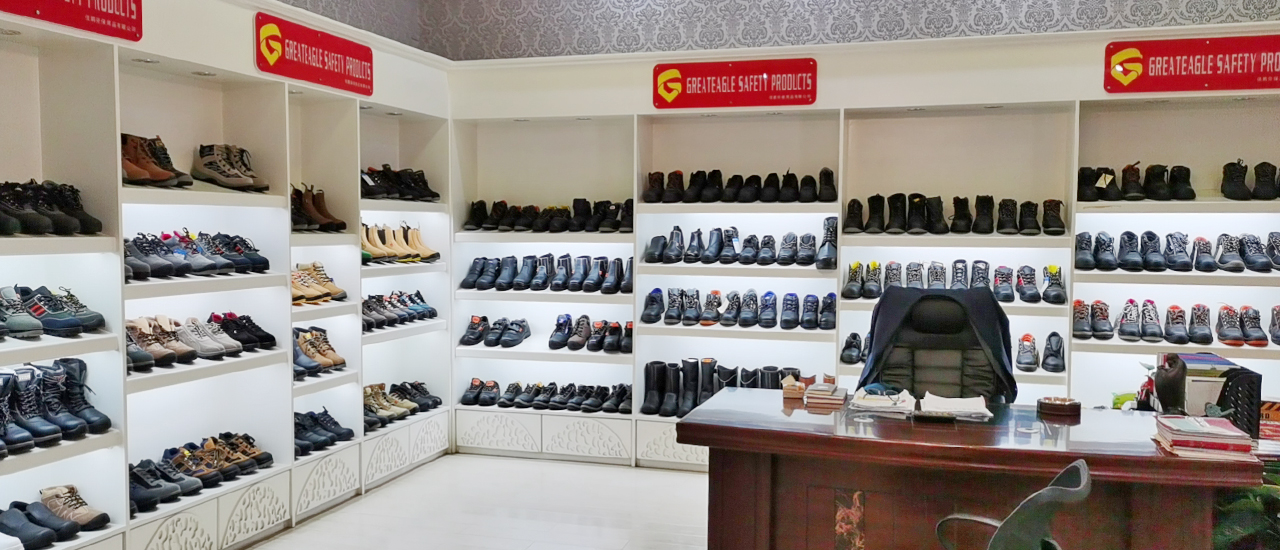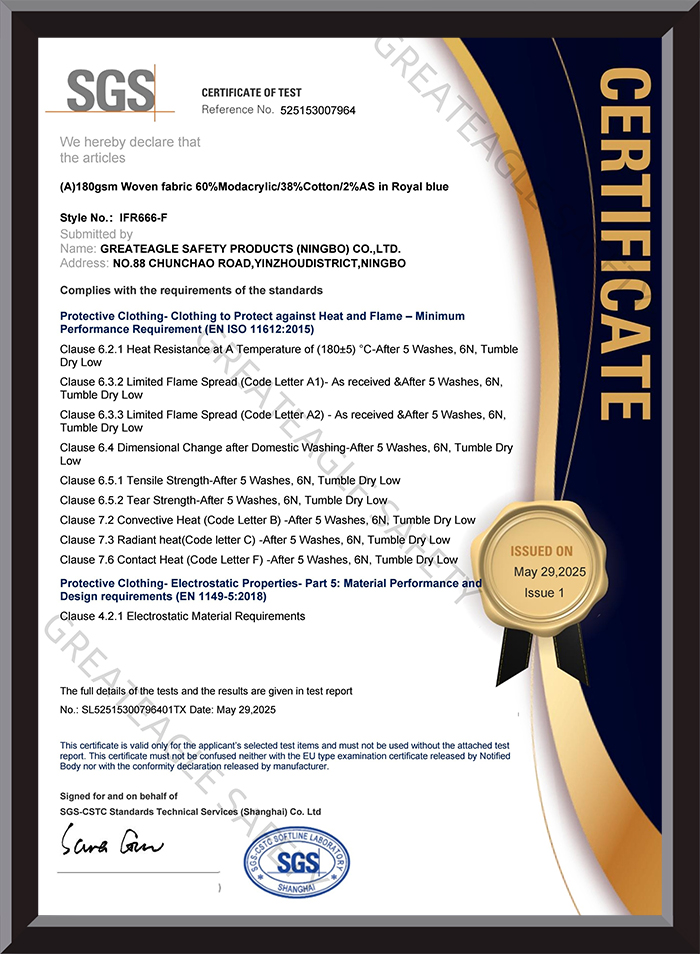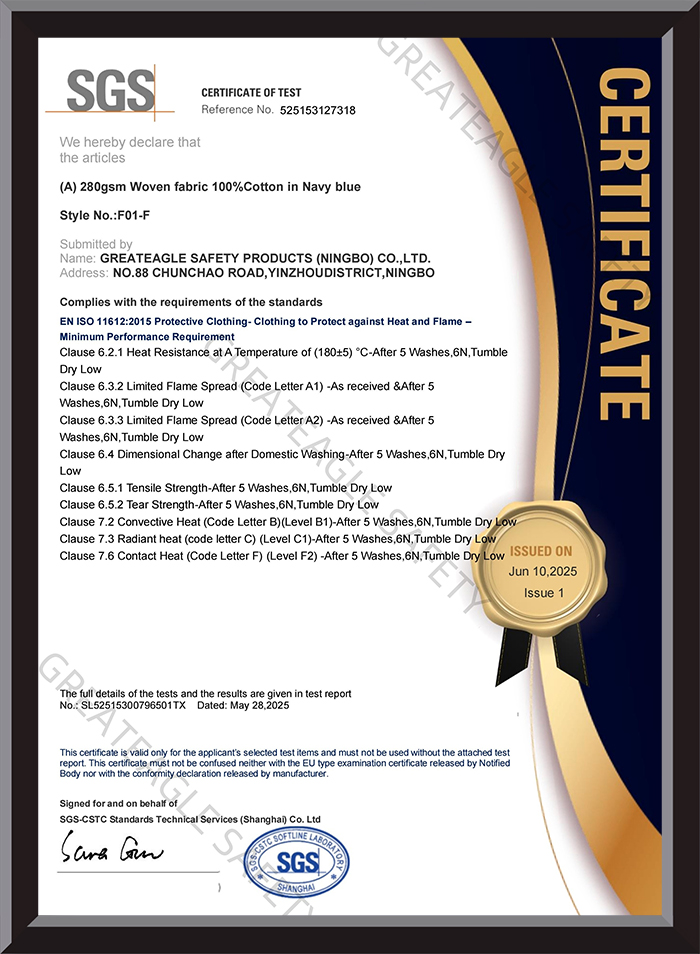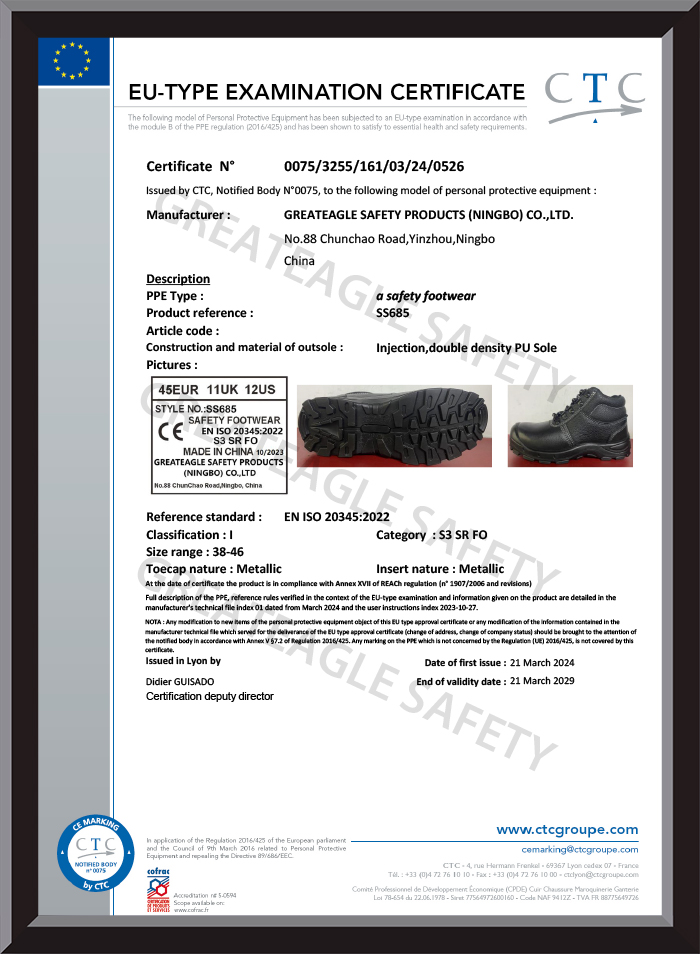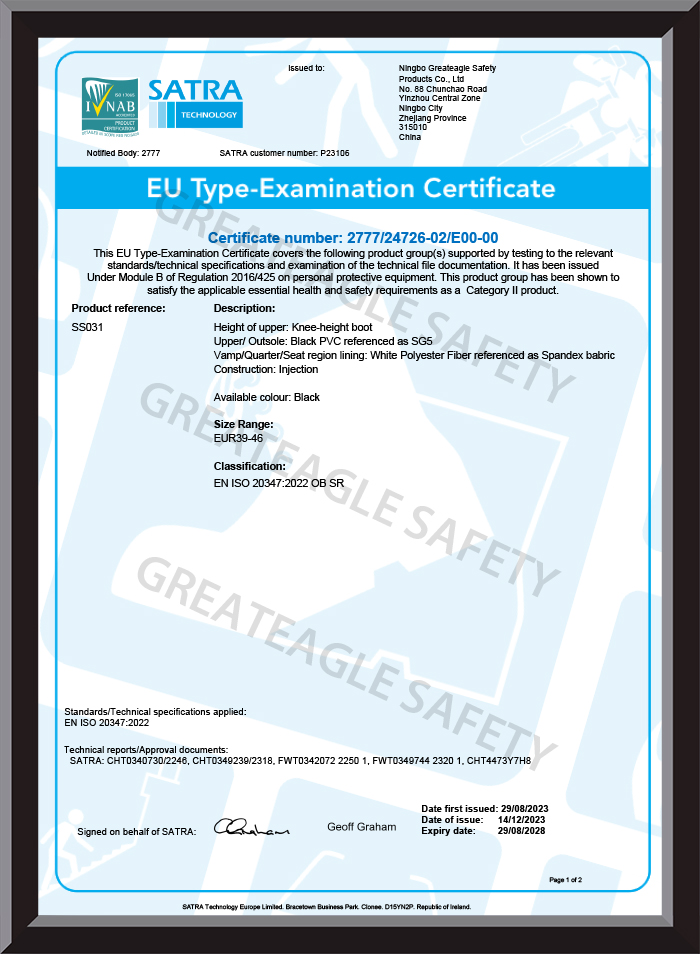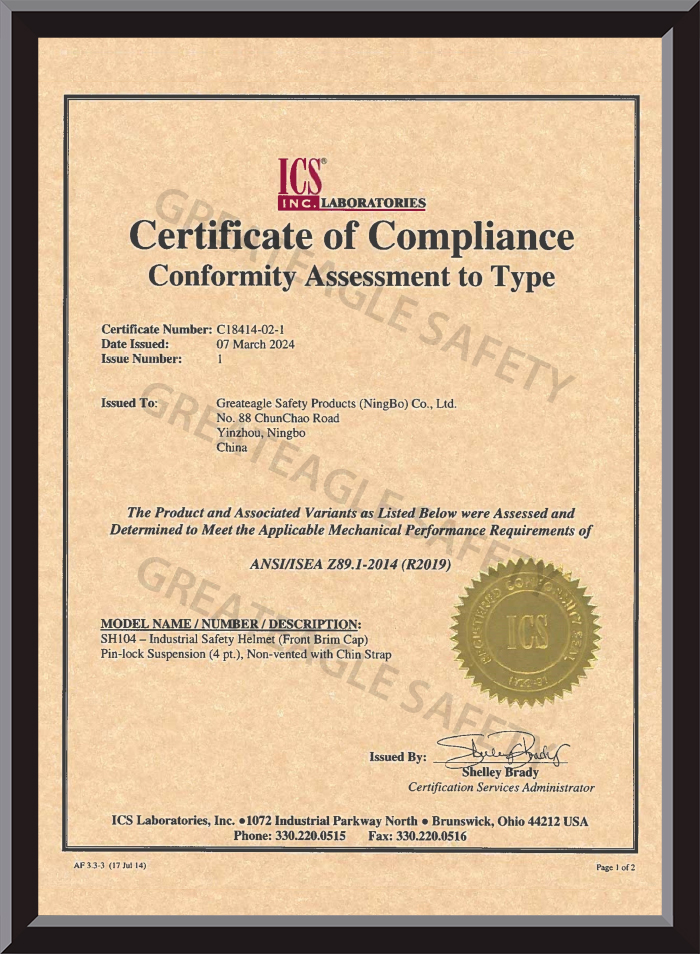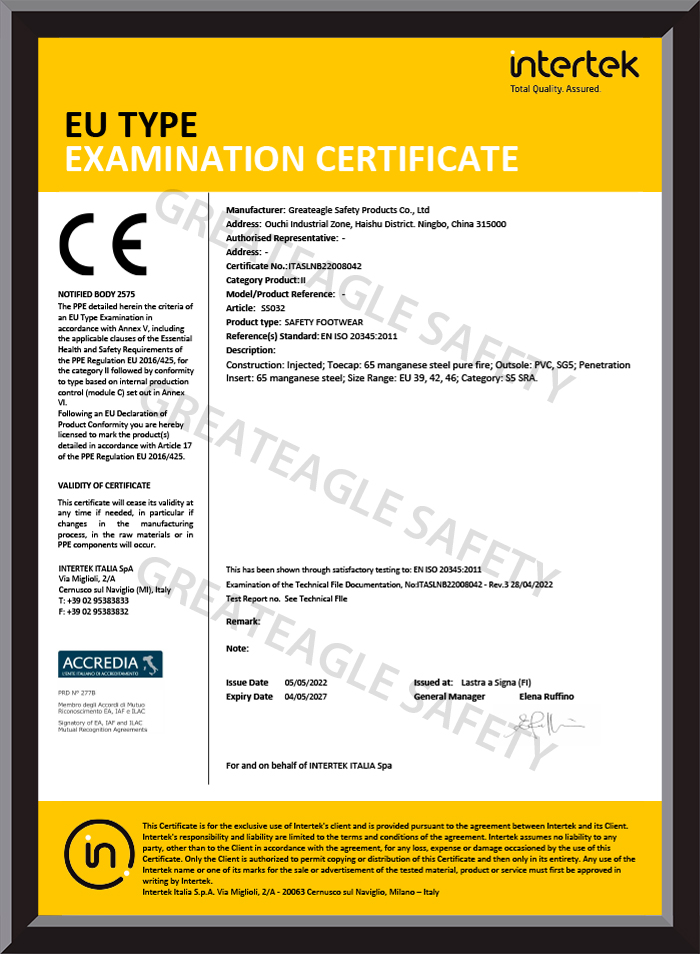Waterproof and Weather-Resistant Features of Safety Coveralls
Safety coveralls designed by Greateagle Safety Products (Ningbo) Co., Ltd. are equipped with advanced waterproof treatment that ensures workers remain dry even in the most challenging weather conditions. The waterproof treatment typically involves applying a special water-repellent coating to the fabric. This process prevents water from entering the material, forming an impenetrable barrier that keeps moisture away from the worker’s skin and underlying clothing. Unlike standard clothing materials, these waterproof coveralls ensure that workers remain dry even when exposed to heavy rain, splashes, or water-intensive environments like construction sites, chemical handling, or oil and gas operations. The waterproofing also adds an extra layer of protection against chemicals and liquids, which is especially important in industries where workers interact with hazardous materials. The long-term durability of this waterproof layer is a key factor in ensuring that the coveralls perform reliably over time, even after extensive wear and repeated washes.
The breathable waterproof technology used in Greateagle Safety Products’ coveralls is critical for maintaining worker comfort. While traditional waterproof materials can trap heat and moisture, causing discomfort or even heat stress, the breathable fabrics in these coveralls allow sweat and moisture vapor to escape, while preventing external water from getting in. This feature ensures that workers stay dry not only from external water sources but also from perspiration, which can build up when working in high humidity or during physical labor. The fabric allows for the passage of water vapor from inside the coverall, preventing the garment from feeling clammy and reducing the likelihood of overheating. This balance of waterproofing and breathability is particularly important in outdoor construction sites, industrial environments, and mining operations, where workers face exposure to both wet weather and demanding physical tasks. The ability to maintain comfort through breathable waterproofing enhances productivity, reduces the risk of exhaustion, and ensures that workers can focus on their tasks without being distracted by uncomfortable clothing.
In addition to the waterproof treatment, the windproof and dustproof capabilities of safety coveralls provide significant protection in environments where wind, dust, and particulate matter are prevalent. This is especially vital in industries such as construction, chemical processing, mining, and power generation, where workers are regularly exposed to high winds or airborne contaminants. The windproof nature of these coveralls ensures that workers are shielded from the cold and from wind-driven particles, which could otherwise cause discomfort, respiratory issues, or skin irritation. The tight-weave fabric used in these coveralls creates a barrier that blocks wind from entering while still allowing the worker to move freely. At the same time, the dustproof properties prevent harmful particles like dust, dirt, and other airborne contaminants from settling on the skin or penetrating the fabric, making it especially useful in cleanroom environments, power plant operations, and other sensitive workspaces where hygiene and protection from particulates are paramount. This added level of protection enhances safety and ensures that workers remain focused and healthy in environments with high particulate concentrations or intense wind conditions.
The waterproofing feature in coveralls does more than just keep workers dry—it plays a crucial role in protecting them from a wide range of environmental hazards, particularly in industries dealing with liquids and chemicals. In chemical plants, oil refineries, and construction zones, workers are exposed to hazardous liquids such as oils, acids, and solvents, which can cause serious injury if they come into contact with the skin. The waterproof fabric acts as a barrier between the worker and potentially harmful substances, significantly reducing the risk of chemical burns, irritation, or contamination. Furthermore, waterproof coveralls help maintain worker safety by preventing the penetration of water, which could exacerbate existing hazards like electrical risks or corrosion when working near live wires or electrical components. In addition, waterproof safety coveralls help to prevent slips and falls caused by wet clothing or gear, a significant safety concern in construction or mining environments. Therefore, the waterproof properties of these coveralls contribute to overall workplace safety by reducing exposure to hazardous materials and minimizing accident risks in wet and slippery conditions.
For workers in hazardous environments, the waterproofing treatment of coveralls serves as a vital safeguard against exposure to dangerous chemicals. Whether working with solvents, caustic substances, or oils, waterproof coveralls prevent these harmful liquids from coming into contact with the skin. In chemical processing plants, pharmaceutical facilities, and hazardous waste management, the likelihood of chemical spills is ever-present, making it imperative for workers to wear protective gear that can withstand such exposure. The waterproof layer on these coveralls not only protects the skin but also provides an extra layer of resistance against chemical burns, skin irritations, and corrosive damage, all of which can have severe long-term health consequences. This waterproof layer ensures that workers remain dry and comfortable, even when working in environments where they are continuously exposed to water, hazardous liquids, or oils. As a result, these safety coveralls are crucial in ensuring compliance with safety standards and regulations in hazardous workplaces, minimizing risks associated with chemical exposure.
The versatility of Greateagle Safety Products' waterproof coveralls is one of their most important features. These coveralls are designed to perform effectively in a wide range of industries, including construction, manufacturing, chemical processing, and oil and gas exploration. In construction environments, workers are often exposed to varying weather conditions, from heavy rain to high winds. The waterproof coveralls ensure that workers remain dry, even in the wettest conditions, which is crucial for preventing hypothermia and other weather-related illnesses. Similarly, in mining and oil exploration, where workers are frequently exposed to harsh conditions and potentially dangerous chemicals, these coveralls provide vital protection. Their weather-resistant and waterproof features prevent moisture and contaminants from affecting the worker’s health, comfort, and safety. These coveralls are designed to be flexible enough for workers to perform physical tasks while providing full protection. The ability to work comfortably while staying dry and protected from environmental hazards increases both worker productivity and safety, making these coveralls a preferred choice in a variety of industrial settings.
Durability is an essential aspect of any protective garment, and Greateagle Safety Products (Ningbo) Co., Ltd. ensures that their waterproof coveralls remain effective throughout their lifespan. The high-quality synthetic fibers and composite materials used in these coveralls are engineered to withstand extensive wear and tear. Whether in construction, chemical handling, or oil and gas industries, workers put their coveralls through rigorous conditions, including exposure to dirt, chemicals, extreme temperatures, and physical stress. Despite these challenges, the waterproof and weather-resistant properties remain intact. The advanced waterproof coatings used on these coveralls do not deteriorate easily, and even after multiple washes, they continue to protect workers effectively. The tear-resistant fabric also ensures that the coveralls do not wear out or become damaged easily, extending their service life and offering workers long-term protection. The abrasion-resistant qualities of the fabric ensure that even in high-contact environments, the coveralls maintain their effectiveness, ensuring both cost-effectiveness and reliability for workers.
